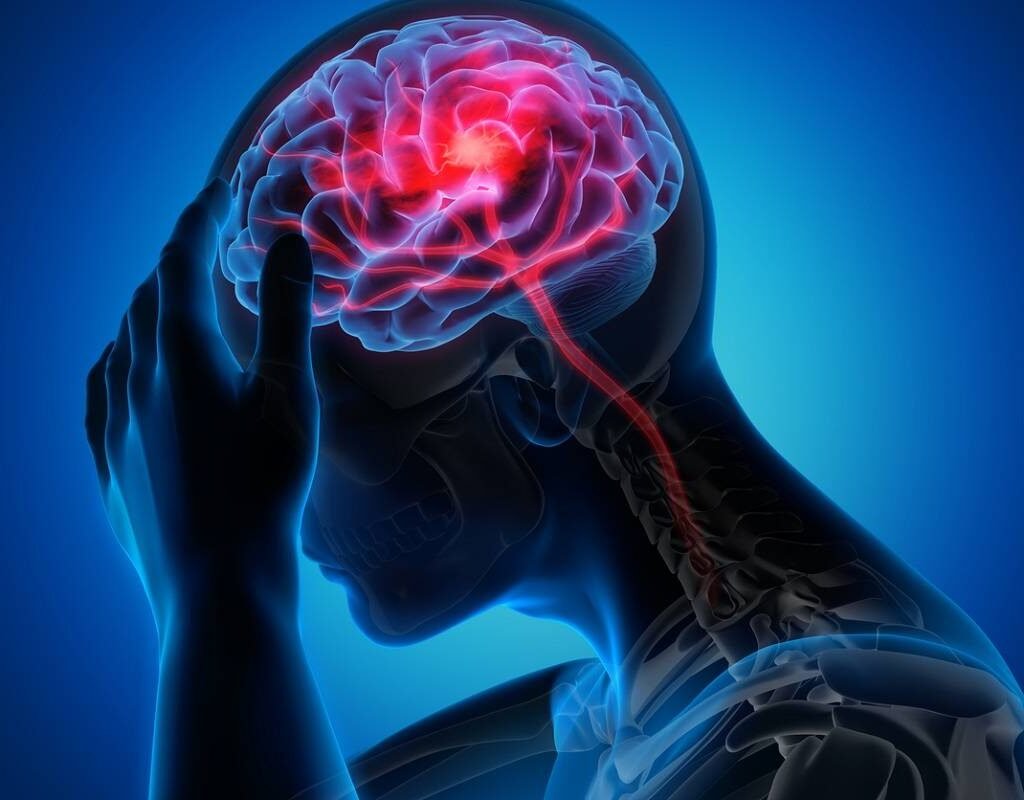The complex interactions between the brain, spinal cord, and peripheral nerves make up the human nervous system, which is responsible for the orchestration of our thoughts, movements, and sensations. However, this intricate system is not impervious to problems, leading to a wide range of neurological illnesses that affect millions of people globally. We dig into the world of neurological diseases in this thorough investigation, explaining their significance, frequency, available treatments, and difficulties associated with long-term conditions.
The Most Common Neurological Problem:
Amidst the vast array of neurological issues, headaches emerge as one of the most prevalent problems affecting individuals across age groups.
A. Headaches: The Ubiquitous Neurological Challenge:
1. Migraines and Tension Headaches
Migraines, characterized by throbbing pain and sensory disturbances, and tension headaches, marked by a constant band-like discomfort, collectively contribute to the burden of neurological problems.
2. Cluster Headaches

Though less common, cluster headaches bring intense, debilitating pain in cyclical patterns, affecting a relatively small but severely impacted population.
3. Causes and Triggers
Various factors, including genetics, environmental stimuli, and lifestyle choices, contribute to the development and exacerbation of headaches, making them a widespread neurological concern.
Decoding Neurological Disease:
A. The Meaning of Neurological Disease:
1. Definition
Neurological diseases encompass a broad spectrum of disorders affecting the nervous system, encompassing the brain, spinal cord, and peripheral nerves.
2. Diversity of Disorders
This category includes conditions ranging from degenerative diseases like Alzheimer’s to traumatic injuries such as spinal cord damage, illustrating the diversity and complexity of neurological disorders.
B. Categories of Neurological Diseases:

Demystifying the Maze: A Look into the World of Neurological Disorders
The human brain, with its intricate network of neurons and synapses, is the maestro of our existence. It controls everything from our thoughts and movements to our emotions and senses.
1. Neurodegenerative Diseases:
Conditions like Alzheimer’s, Parkinson’s, and Huntington’s fall under this category, involving the progressive deterioration of nerve cells and their function.
2. Neuromuscular Disorders
Disorders such as amyotrophic lateral sclerosis (ALS) and muscular dystrophy affect the muscles and their connection to the nervous system, leading to muscle weakness and degeneration.
3. Vascular Disorders
Stroke, caused by disruptions in blood flow to the brain, is a prominent example of a neurological disorder with vascular origins.
4. Inflammatory Disorders
Conditions like multiple sclerosis involve inflammation of the nervous system, disrupting communication between nerve cells.
Treatment of Neurological Diseases:

A. The Quest for Treatment and Cure:
1. Treatment Approaches
Many neurological diseases have various treatment modalities aimed at managing symptoms, improving quality of life, and slowing disease progression.
2. Medication
Medications, including anticonvulsants, immunosuppressants, and neuroprotective drugs, are commonly prescribed to manage symptoms and address underlying causes.
3. Surgical Interventions
In cases of tumors, epilepsy, or certain vascular issues, surgical interventions may be employed to alleviate symptoms or address the root cause.
B. The Challenge of Complete Cure:
1. Degenerative Nature
Neurodegenerative diseases, characterized by the gradual loss of nerve cells, pose a significant challenge to a complete cure. Current treatments often focus on symptom management and slowing disease progression.
2. Genetic Factors
Conditions with strong genetic components, such as Huntington’s disease, highlight the complexity of finding definitive cures. Genetic therapies and advancements hold promise but are still in the early stages.
IV. Chronic Neurological Diseases:
While many neurological diseases are chronic in nature, several conditions stand out for their prolonged impact on individuals and the challenges they pose for long-term management.
What causes Functional Neurological Disorders?
A. Chronic Neurological Diseases: A Closer Look:
1. Epilepsy
Characterized by recurrent seizures, epilepsy is a chronic neurological condition that requires ongoing management through medication and, in some cases, lifestyle modifications.
2. Multiple Sclerosis (MS)
MS is an autoimmune inflammatory disease affecting the central nervous system, leading to a range of symptoms that can persist over an individual’s lifetime.
3. Parkinson’s Disease
As a progressive neurodegenerative disorder, Parkinson’s necessitates long-term care to manage symptoms such as tremors, stiffness, and impaired mobility.
4. Alzheimer’s Disease
Alzheimer’s, a degenerative brain disorder, manifests as progressive memory loss and cognitive decline, demanding continuous support for affected individuals and their caregivers.
V. The Future of Neurological Disease Research:
As we stand at the precipice of the future, the landscape of neurological disease research is illuminated by the beacon of progress, driven by cutting-edge advancements in scientific inquiry and technological innovation. The horizons of possibility stretch wide, offering a glimpse into a future where the enigma of neurological disorders may be unraveling, leading to improved understanding, innovative treatments, and the potential for cures.
In this era of unprecedented scientific discovery, advancements in research and technology are heralding a new chapter in our quest to comprehend, combat, and conquer neurological diseases. From groundbreaking imaging technologies that unveil the intricacies of the brain to genetic studies that unravel the mysteries encoded in our DNA, the tools at our disposal are more potent than ever. It is within this fertile ground of exploration that hope sprouts – hope for a future where the burden of neurological diseases is alleviated through newfound knowledge and transformative treatments.
Pioneering Tomorrow’s Breakthroughs:
This section delves into the promising avenues that lie ahead, exploring how these advancements offer not just hope but tangible possibilities for improved treatments and, perhaps, the ultimate aspiration – cures for neurological diseases. As researchers push the boundaries of what is known, the future beckons with the promise of brighter outcomes for individuals grappling with the complexities of neurological challenges.
A. Emerging Trends in Neurological Research:

1. Precision Medicine
Tailoring treatments based on an individual’s genetic makeup and the specific characteristics of their neurological disease holds promise for more effective interventions.
2. Stem Cell Therapy
Exploration of stem cell therapies offers potential avenues for repairing damaged nerve cells and restoring function in certain neurological disorders.
3. Neuroplasticity and Rehabilitation
Harnessing the brain’s ability to reorganize and adapt, neuroplasticity-focused interventions and rehabilitation techniques aim to improve outcomes for individuals with neurological disorders.
Conclusion
Neurological problems, which affect millions of people globally and range from simple headaches to intricate neurodegenerative diseases, are influencing medical care and research. Even though there are many neurological illnesses that require ongoing care rather than a cure, there is still hope for better treatments, novel therapies, and occasionally even a cure thanks to the ongoing advancements in medical science. The key to opening up new options for people facing neurological issues lies in the ongoing research and holistic approaches to care as we negotiate the complexities of the human nervous system and the ailments that influence it.







